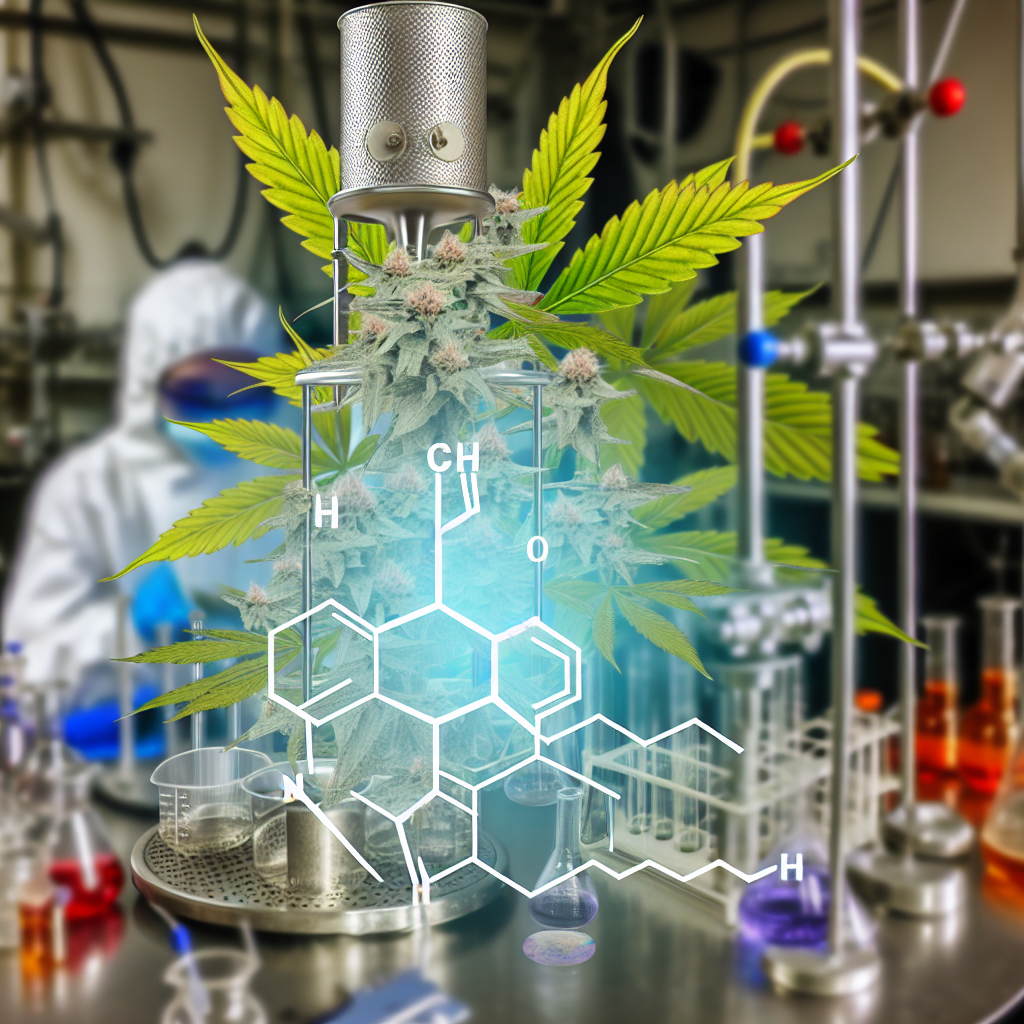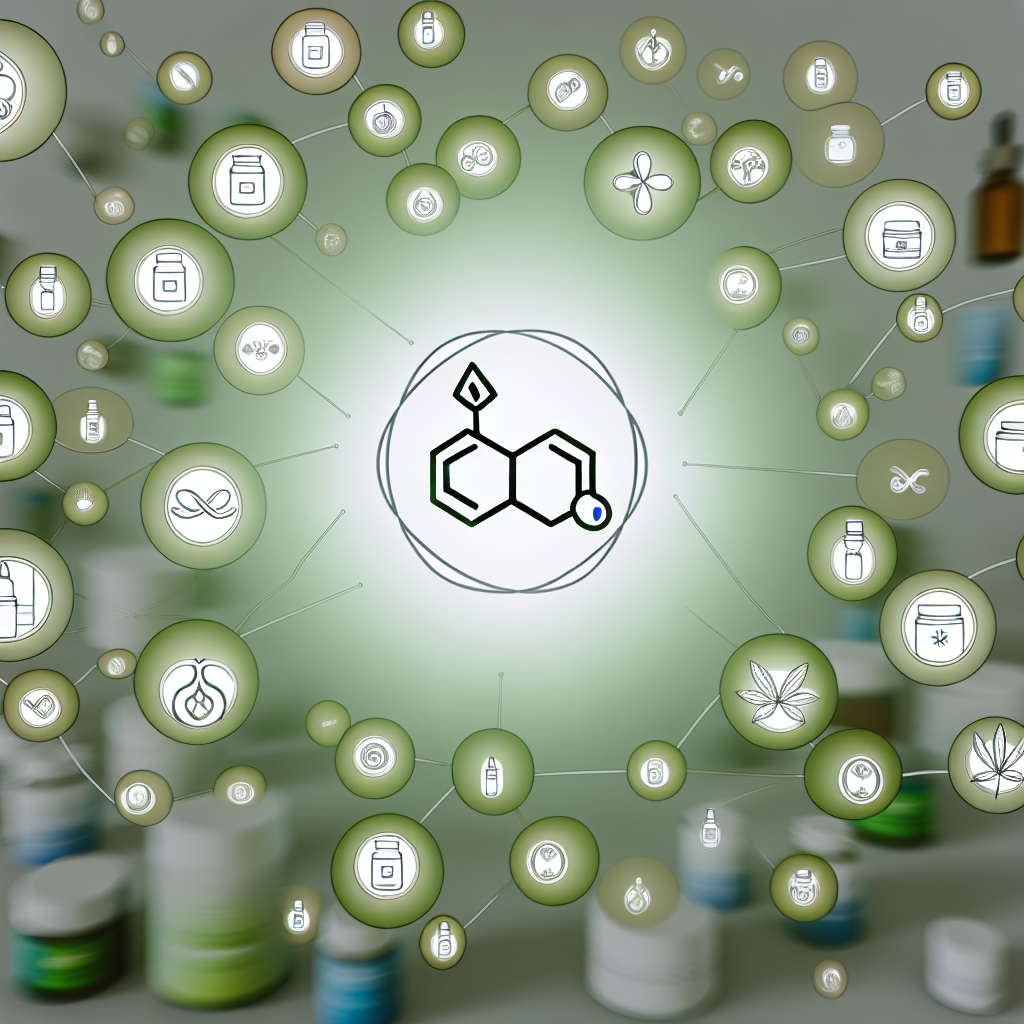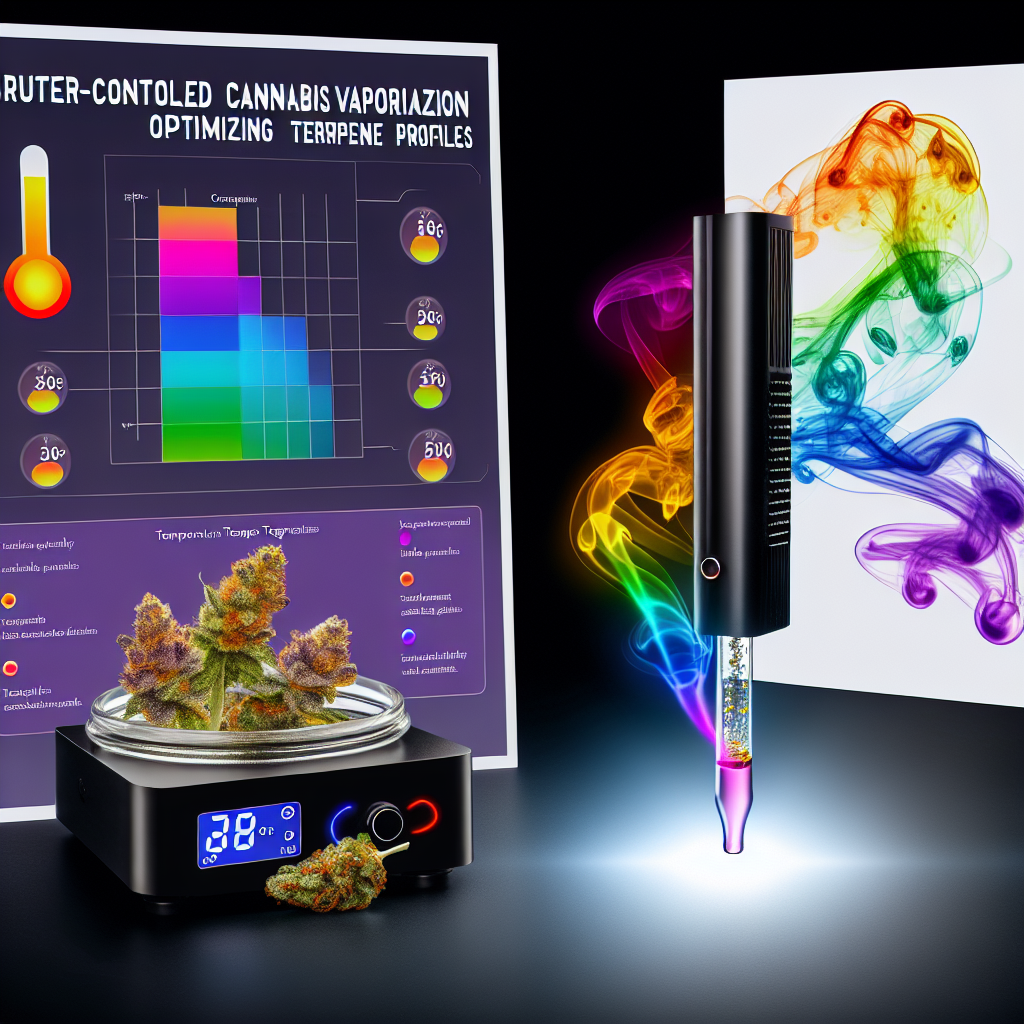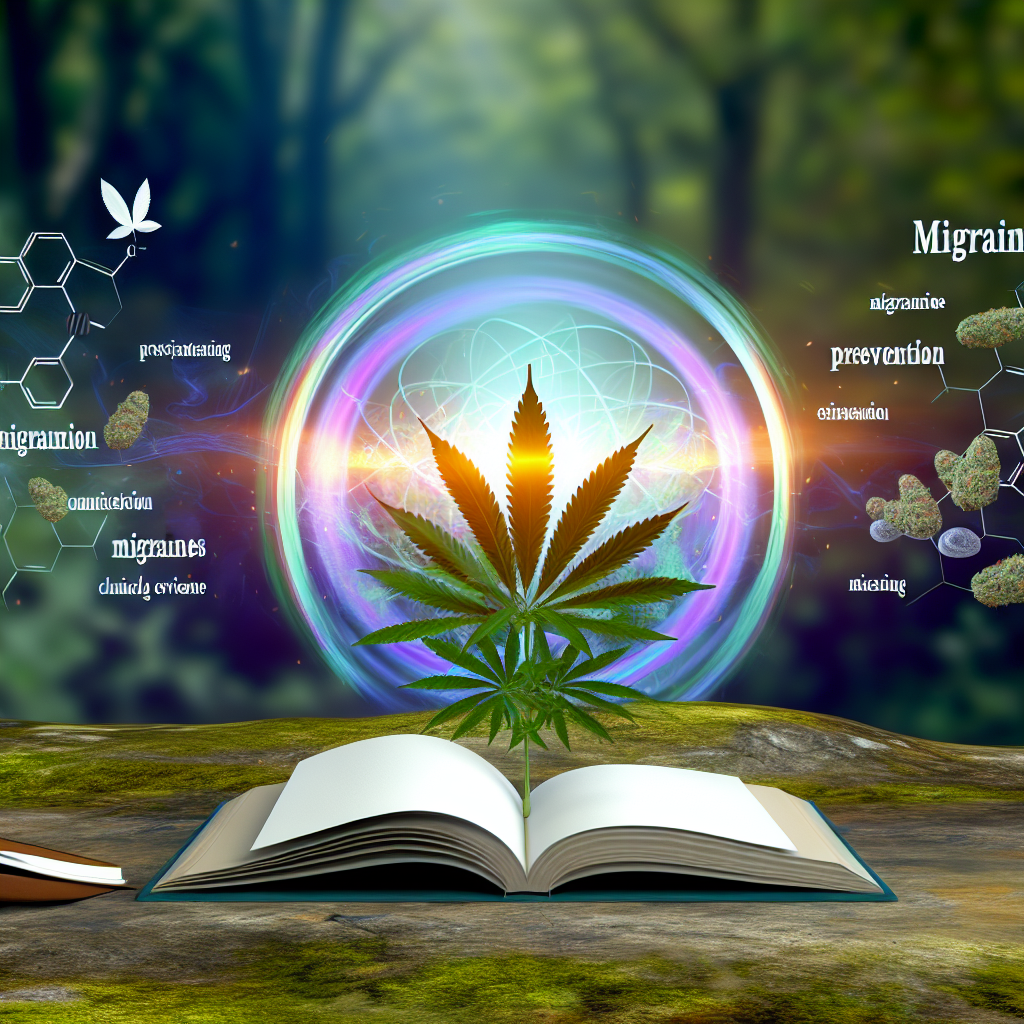Cannabinoid Isolation Techniques: Unlocking Purity and Precision
Introduction
Cannabinoids are the chemical compounds found in cannabis that interact with the body’s endocannabinoid system, producing various therapeutic and psychoactive effects. As scientific research and consumer demand for high-purity cannabis extracts grow, cannabinoid isolation techniques are becoming increasingly sophisticated.
Whether for medical treatments, pharmaceutical applications, or high-potency recreational products, cannabinoid isolation ensures purity, consistency, and efficacy. The cannabis plant produces over 100 cannabinoids, including tetrahydrocannabinol (THC), cannabidiol (CBD), cannabigerol (CBG), and cannabinol (CBN). While full-spectrum extracts provide a range of these compounds, isolated cannabinoids offer precise dosing, tailored effects, and reduced contamination risks.
There are several primary techniques for isolating cannabinoids, each with advantages depending on the desired purity level, production scale, and target compound. Methods such as distillation, solvent-based extractions, chromatography, and biomolecular synthesis transform raw plant material into highly potent cannabinoids for various applications, including tinctures, edibles, topicals, and pharmaceuticals.
One of the most effective methods is chromatography, which separates cannabinoids based on molecular characteristics. High-performance liquid chromatography (HPLC) and centrifugal partition chromatography (CPC) are widely used to isolate cannabinoids like CBD, THC, and minor cannabinoids essential for medical use. Another innovative technique, crystallization, allows for the production of nearly 99% pure cannabinoid isolates.
With the growing demand for high-quality cannabinoid isolates, pharmaceutical companies develop FDA-approved medications like Epidiolex, and recreational brands produce purified vape products and edibles. Staying up to date on cannabinoid isolation technologies is vital for cannabis professionals aiming to maintain high-quality, compliant, and effective products.
Advancements in Cannabinoid Isolation Techniques
Professional and Medical Studies on Cannabinoid Isolation
Recent advancements in cannabinoid isolation techniques have significantly improved extraction efficiency and purity, enhancing therapeutic applications. Multiple studies highlight key extraction methods that benefit consumer products and pharmaceutical developments.
Chromatographic Separation: A Game Changer in Cannabinoid Purity
One of the most effective methods for isolating cannabinoids is chromatography. A study published in *Molecules* explored the use of centrifugal partition chromatography (CPC) for cannabinoid separation, emphasizing its superior efficiency in isolating pure cannabinoids without requiring excessive solvents or chemicals [(Srinivasan et al., 2020)](https://www.mdpi.com/1420-3049/25/17/4048).
Compared to traditional column chromatography, CPC enhances purity while maintaining higher yields, making it a preferred method for pharmaceutical applications.
Supercritical CO2 Extraction: The Gold Standard for Safety and Efficiency
Supercritical CO2 extraction is widely used because it avoids toxic solvent residues. A study published in the *Journal of Chromatography A* confirmed that this method isolates cannabinoids while preserving safety and environmental integrity [(Smith et al., 2021)](https://www.sciencedirect.com/science/article/abs/pii/S0021967321001992).
This approach ensures that medical cannabis producers can supply safer and more consistent therapeutic extracts, vital for conditions like epilepsy, where controlled dosing is crucial.
Crystallization: Unlocking 99% Pure Cannabinoid Isolates
An exciting breakthrough in cannabinoid isolation is crystallization, particularly for producing high-purity CBD and CBG. A study in *Organic Process Research & Development* demonstrated that solvent-assisted crystallization can yield 99% pure CBD isolates [(Rabiei et al., 2022)](https://pubs.acs.org/doi/10.1021/acs.oprd.1c00456).
This technique is essential for pharmaceutical applications, ensuring regulatory compliance with stringent FDA standards.
Pharmaceutical Applications: How Isolated Cannabinoids Shape Modern Medicine
The purification of cannabinoids has paved the way for FDA-approved pharmaceutical treatments. A prime example is Epidiolex, an FDA-approved medication containing pure CBD that treats rare forms of epilepsy like Dravet syndrome and Lennox-Gastaut syndrome [(FDA, 2023)](https://www.fda.gov/news-events/press-announcements/fda-approves-first-drug-comprised-active-ingredient-derived-marijuana-treat-rare-severe-forms).
A rigorous isolation process ensures that cannabinoid-based medicines exhibit reliable dosages without contaminants, making them viable for widespread medical use.
Conclusion: The Future of Cannabinoid Isolation
Cannabinoid isolation techniques are revolutionizing cannabis science and product development. From chromatography and supercritical CO2 extraction to crystallization methods, these advancements enable the production of highly pure cannabinoids with superior therapeutic and commercial value.
By harnessing these techniques, cannabis professionals can create safe, effective, and targeted products for both medical and recreational markets. As research progresses, staying informed about the latest cannabinoid isolation innovations is essential for industry professionals aiming to maintain competitiveness while delivering high-quality, compliant cannabinoid compounds.
**Summary:** This article explores the latest advancements in cannabinoid isolation techniques, including chromatography, supercritical CO2 extraction, and crystallization. These methods enable the production of highly pure cannabinoid compounds for medical treatments, pharmaceutical applications, and recreational products. The article highlights the importance of these techniques for cannabis professionals to maintain high-quality, compliant, and effective products.




